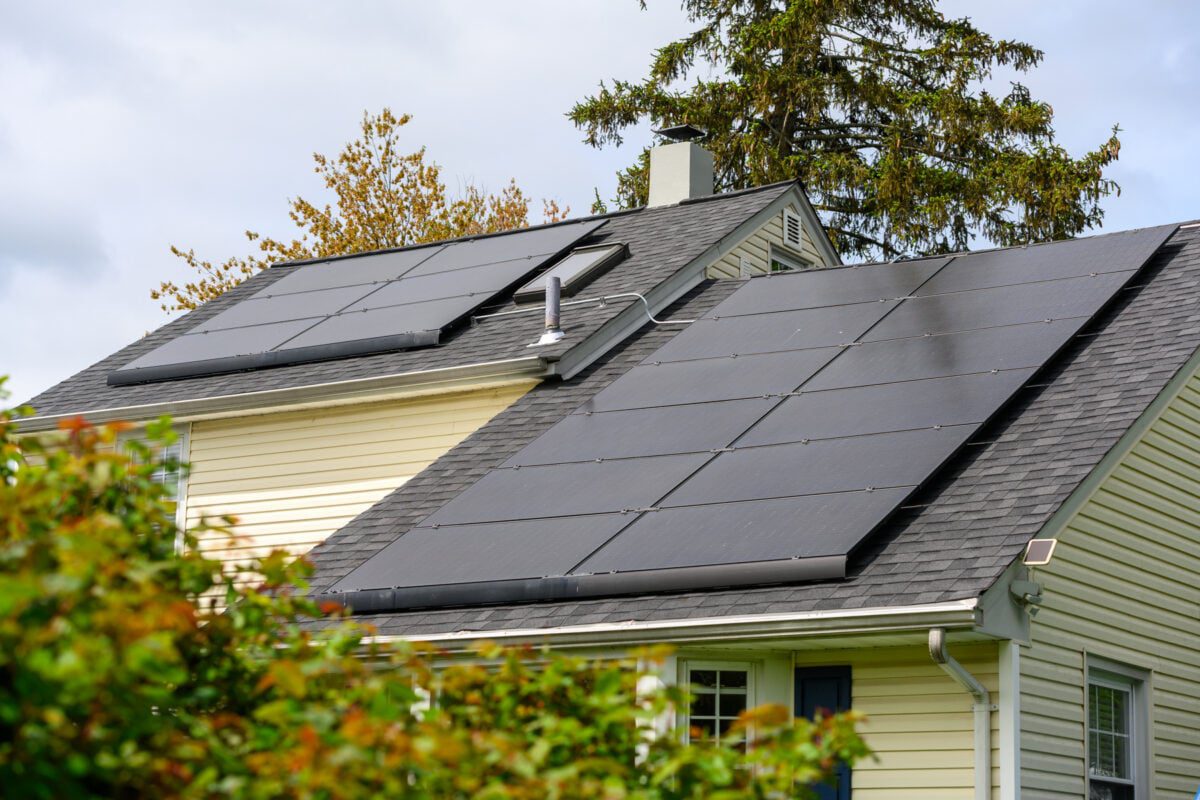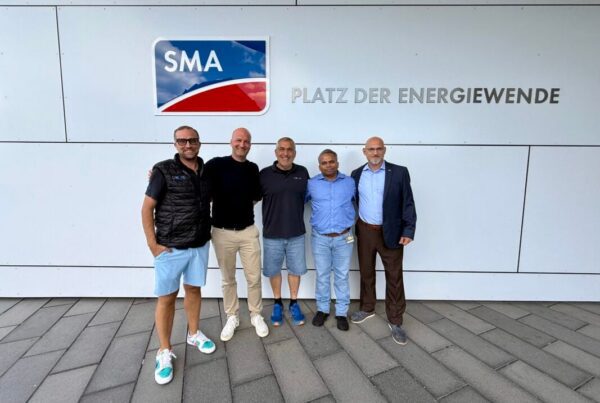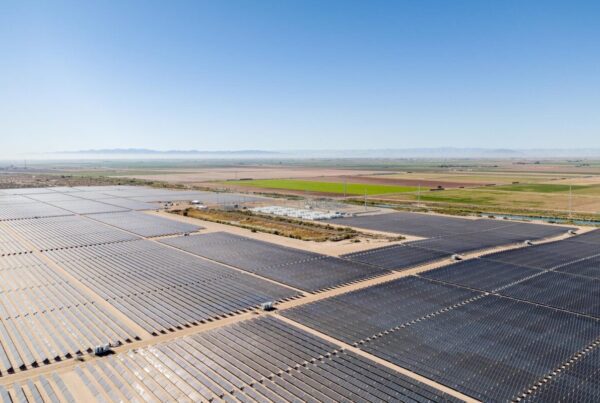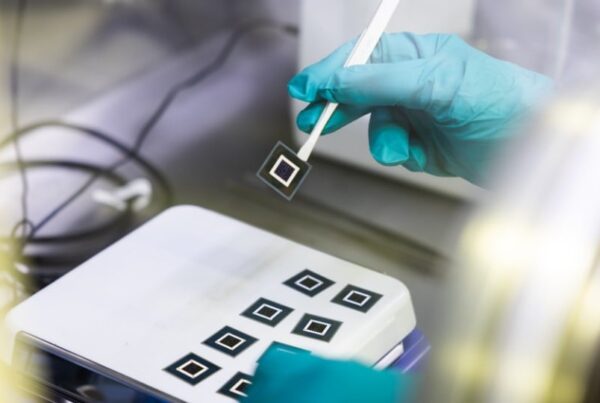
Solar PV additions have grown by 19% on a quarterly basis, with 230MW added in Q3 2024; however the numbers are 11% down compared with Q3 2023. Quarterly growth was both driven by California (up 19% from Q2 2024) and non-Californian markets (up 20%). In total, Sunrun has 7.3GW of networked solar capacity as of the end of Q3 2024, up 13% from Q3 2023.
Sunrun expects California to return to a 10% year-on-year growth in Q4 2024, a state which has struggled in the residential PV market, while energy storage kept soaring, due to the implementation of the net energy metering 3.0 (NEM 3.0) scheme in April 2023. Despite the negative outlook for solar PV in the residential market, the attachment rate of solar PV with a battery energy storage system (BESS) has quickly risen, according to the US Energy Information Administration (EIA).
In Sunrun’s case, storage attachment rate continues to increase on new installations with a 60% attachment rate in Q3 2024, up from 33% during the same period in 2023. The attachment rate varies depending on the region, with Hawaii and Puerto Rico both near 100%, while California is near 86% and Texas is at 52%. However, other states in the US are still behind with only nearly 5% of attachment rate in Q3 2024.
“Sunrun’s focus on providing customers with the best experience and differentiated offerings is delivering strong operating and financial results. In the third quarter, we again set new records for both storage installation attachment rates and delivered solid quarter-over-quarter growth for solar installations while reporting higher net subscriber values,” said Mary Powell, Sunrun’s CEO.
Moreover, the company added 31,910 new customers during Q3 2024, up 20% from the previous quarter, while down 6% from Q3 2023. These new additions bring the company’s total to over one million, a 12% increase from the same period a year ago.
Sunrun’s remains optimistic about the ITC
During the earnings call for the Q3 results, Powell commented on the recent election results and the role of the Inflation Reduction Act (IRA), noting that “we see outright repeal of the IRA as highly unlikely”. Powell added that the IRA has also targeted many red states, and last August, a group of 18 Republican members of the US Congress called for the preservation of the IRA.
Regarding the outcome of Investment Tax Credits (ITCs), Sunrun also remains optimistic about its continuity.
“Equity markets don’t respond well to uncertainty. But when you look at the facts, there’s always risk in rebates and incentives,” said president and chief revenue officer Paul Dickson. “And in Trump’s previous presidency, he actually had the opportunity not to extend the ITC because it did come up for renewal and he opted to elect it. The ITC has existed for decades, and we’re optimistic and confident around that.”
Sunrun expects its weighted average ITC to be around 45% in 2025, as it continues to increase quarter-by-quarter. In Q3 2024, its average ITC reached nearly 37.7%, up from around 35% in the previous quarter.
Furthermore, the company’s revenue in Q3 2024 was US$537.2 million, down 5% from the same period in 2023.
VPP programmes across the US
Sunrun also has 16 ongoing grid service programmes across the US, with virtual power plants (VPPs) in states such as California, Puerto Rico and, more recently, New York.
“Most recently we activated New York’s largest residential power plant with the utility Orange and Rockland. This adds to our recently announced partnerships with Tesla Electric and Vistra to support the grid in Texas, as well as our other programs in California, Maryland and Puerto Rico. Our customers are actively reducing the need to overinvest in costly centralised peaking power plants and associated infrastructure,” said Powell.
Last September, during RE+ in Anaheim, California, PV Tech spoke with Chris Rauscher, head of grid services of VPPs at Sunrun, about how the use of VPPs in data centres could unlock new residential solar PV and storage markets in the US and offer a faster deployment than other technologies, such as nuclear power or utility-scale solar.
When asked about Sunrun’s opportunities in the data centre and AI landscape on the earnings call, Powell said: “Sunrun’s assets could play a very important role in contributing to solutions to the AI demands that are happening. So as I think was reported, we’re in NDAs with a couple of AI developers along those lines.”
Looking ahead to the last quarter of 2024, the residential solar and storage company expects its solar PV capacity additions to be in the range of 240-250MW, while storage to be between 320-350MWh.
Earnings call transcript from Seeking Alpha.






